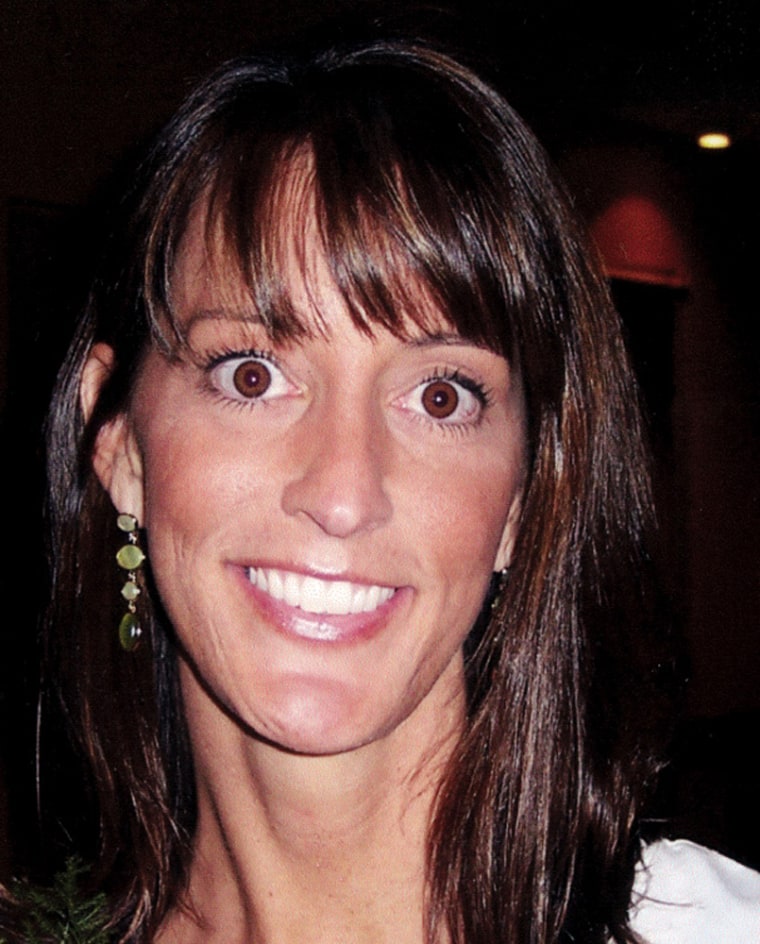It took just hours for Jennifer Wilbanks' story to dissolve, and until Thursday for her to apologize. It turns out the runaway bride-to-be had not been kidnapped — much less by a gun-wielding Hispanic.
But among minorities, a white woman's tale of being victimized by a threatening man of color is unlikely to fade quickly, partly because it's happened before and taps into powerful stereotypes rooted in painful history.
Stereotypes through media
"This speaks to how Latinos are perceived in society," said Lisa Navarette, spokeswoman for the National Council of La Raza in Washington D.C. "Americans only know minority communities, particularly Latino communities, through stereotypes, through images in the media. If people keep being portrayed as criminals — as undocumented immigrants or criminals or gang members — that's what we tend to believe."
Wilbanks was believed missing when she vanished days before she was to be married in a 600-guest affair in Duluth, Ga., population 22,000. On April 29 she claimed that she had been kidnapped in Atlanta by a Hispanic man and a white woman with a handgun, a story that quickly unraveled.
Her admission that she had run away, overwhelmed by wedding pressures, prompted protests among local and national Hispanic leaders.
At one point, a Hispanic leader not only demanded an apology but said she should be made to perform community service in a Hispanic neighborhood. Now, Georgia authorities are debating whether to prosecute or sue her.
Such racial hoaxes are actually not rare, said Katheryn Russell-Brown, a law professor at the University of Florida, who wrote "The Color of Crime," a book documenting 67 such cases that occurred between 1987 and 1996.
The criminal element is ‘colored’
"The majority of perpetrators were someone white falsely accusing someone black," Russell-Brown said. "You typically don't see the Hispanic criminal in terms of a hoax case, but she put this duo together and it's got this resonance. ... It's still this idea of a criminal element that is colored."
The stories "work because they tap into widely held fears about crime and about who one's likely attacker might be," she said.
In 1989, a Boston man, Charles Stuart, inflamed racial tensions when he claimed he and his pregnant wife, Carol, had been shot in their car by a black robber. Stuart turned out to be the culprit, throwing himself off a bridge as police zeroed in on him.
Five years later, Susan V. Smith of South Carolina drowned her two young sons, but claimed a black man had carjacked her and abducted her boys.
Such fabrications are rooted in the nation's troubled racial past.
The threat of black men
Historically, the threat of black men victimizing white women has loomed large and powerful, and provoked many of the more than 4,700 lynchings in the decades between the end of the Civil War and the dawning of the civil rights era.
The peak came in 1892, with 230 killings, but continued well into the 20th century, according to Tuskegee University, a one-time black college in Alabama that is now a National Historic Site. Most of those seized by white mobs and hanged were black men, but Native Americans, Asians, Jews and Hispanics also were victimized, experts said.
The threat also became part of the nation's fictional fabric, inspiring "Birth of a Nation," D.W. Griffith’s seminal 1915 film in which a white woman is pursued by a lecherous black man, and "To Kill a Mockingbird," Harper Lee's classic novel about a Southern white woman who falsely accuses a black man of rape to cover up her flirtation with him.
Today, growing national anti-immigrant sentiment that feeds Americans' stereotypes of Hispanic immigrants stealing jobs and undermining the nation's prosperity made Wilbanks' story plausible, Navarette said.
"It's the new pariah," she said.
Harry Pachon, president of the Tomas Rivera Policy Institute in Los Angeles, added that new demographic shifts in Georgia — the state was barely 5 percent Hispanic as of Census 2000 — have led to simmering tensions. "It's a recently arrived immigrant community, so ... this increases the tension that's already there.
"It's not about one runaway woman."
